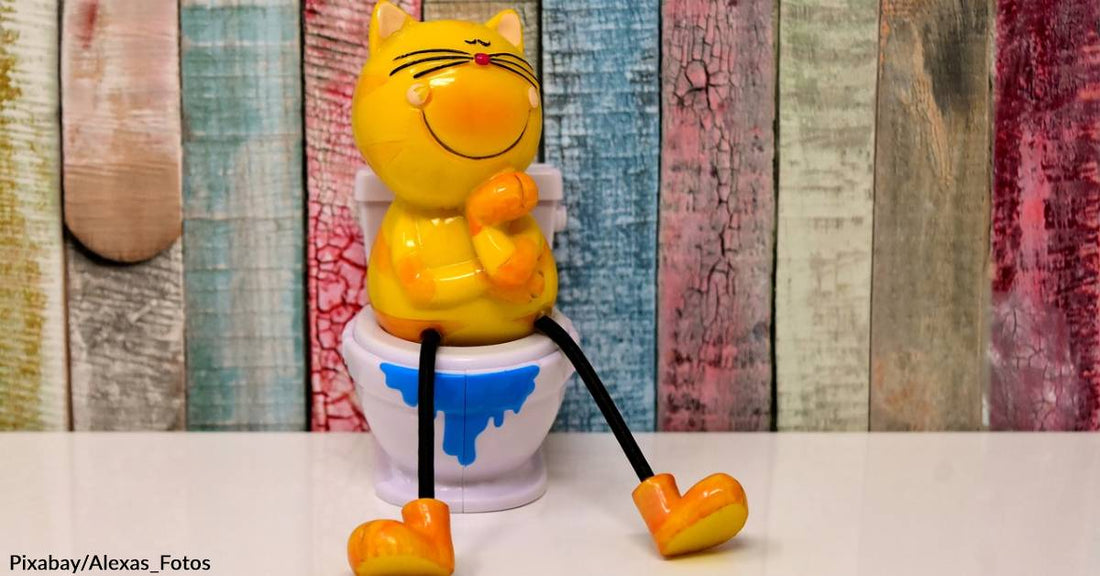7th Annual Holiday Toy & Book Event Help make the holidays brighter this year!
What's the Best Way to Dispose of Cat Litter Sustainably? Find Out!
Rebecca West
As a cat owner, you've likely spent hours over the years trying to determine which is the best type of litter for not just the health of your cats, but your home as well. There's also a decent chance you've spent some time dwelling on the best ways to dispose of the remaining litter once it's time to empty the box in its entirety.
And that's a good thing. In fact, it's vital that you dispose of it with some thought to help reduce the environmental footprint your furry friend's existence has on the planet. So, if you're curious as to what the best cat litter disposal method is, read on for some helpful tips.
Eco-Friendly Cat Litter
For starters, it's best that you use eco-friendly kitty litter. That's because cat litter as a whole takes a toll on our waterways and surrounding landscapes if it isn't disposed of properly. Why? It's due to the harmful toxins and pathogens present in animal waste.
And it isn't just the introduction of bacteria that's a major issue. The massive volume of cat litter itself is another piece to the toxic puzzle. Even if you use biodegradable litters, they can't break down properly when bagged in plastic that prevents decomposition. That's why it's crucial that you use eco-friendly litter options and then dispose of the waste in biodegradable bags.
Clay Cat Litter
Unfortunately, typical clay-based litters don't biodegrade as easily as eco-friendly options. They're heavy and are responsible for polluting our waterways and sewage systems. Instead, consider using more organic, biodegradable litter made from natural materials like dried corn, corncobs, citrus scraps, grains, wheat, paper, or even wood shavings.
Another thing you may not know regarding clay kitty litter is, besides the fact it's dusty and can cause respiratory problems that have been documented in both cats and humans, it's obtained through strip mining, which also hurts the environment. Because it does not break down naturally, it leaves landfills full of soiled cat litter.
It's a lose-lose situation.
Biodegradable Bags for Pet Waste
Using a biodegradable bag designed for pet waste will improve the chances of the waste properly breaking down. However, it is important to note that not all biodegradable bags are the same or undergo the same type of testing for biodegradability, so it's necessary to research your options before purchasing them.
Ways NOT to Dispose of Pet Waste
Here are four ways that are definitely NOT recommended for disposing of cat waste:
1. Technically, you can compost cat poop if you're using certain litters but experts don't recommend doing it for several reasons. Cat poop can contain parasites and other harmful organisms which can infect humans, making the health risks of composting too high. In order to kill the parasite, the pile has to reach 131 degrees Fahrenheit, with compost heaps seldom reaching this temperature.
2. If you live somewhere rural, you may have thought about burning it along with your other trash, but this isn't recommended either. Certain litters (those containing clay), will not burn completely.
3. Some biodegradable litters say they're flushable, but doing so can still clog septic tanks and city sewage systems. Because litter can contain the same harmful toxins and pathogens as waste, flushing it can be just as bad.
4. Burying your cat's waste is equally problematic for the same reasons already mentioned. Because cat feces doesn't biodegrade properly in a compost pile, it's doubtful that it will break down underground any better, plus the organisms can still leach into gardens or waterways.
Disposing of Pet Waste
At this point, short of leaving it to the professionals, the best way to rid your home of cat waste today is to bag everything in biodegradable bags and place them in your trash can for pick up. As soon as something better comes along, we'll keep you posted.





